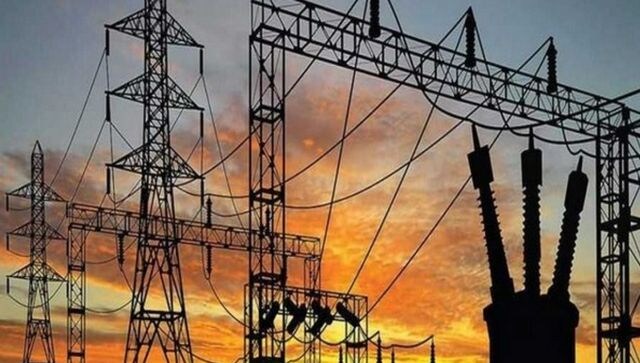Electricity consumption in China set to rise by 6 per cent this year
The most optimistic forecasts say China’s business and consumer activity might revive as early as the first quarter of this year

Photo for representation
New Delhi: Electricity consumption in China is set to rise by 6 per cent this year.
According to a report in the South China Morning Post, “In 2023, China’s economic operation as a whole is expected to recover, driving the growth rate of electricity consumption higher than in 2022,” the China Electricity Council said.
The most optimistic forecasts say China’s business and consumer activity might revive as early as the first quarter of this year. But before that happens, entrepreneurs and families face a painful squeeze from a surge in virus cases that has left employers without enough healthy workers and kept wary customers away from shopping malls, restaurants, hair salons and gyms.
The abrupt decision by President Xi Jinping’s government to end controls that shut down factories and kept millions of people at home will move up the timeline for economic recovery, but might disrupt activity this year as businesses scramble to adapt, forecasters say.
The decision to accelerate China’s reopening is a boost for the global economy at a time when activity in the United States and Europe is weakening after repeated interest rate hikes by central banks to cool surging inflation.
It is likely to help revive auto sales and propel demand for imported consumer goods, oil and food in China, one of the biggest global markets. Countries including Thailand with big tourism industries look forward to an influx of Chinese travelers.
The World Bank and private sector forecasters have cut estimates of China’s economic growth last year to as low as 2.2% due to the infection spike that started in early October and challenged Beijing’s “zero-COVID” goal of isolating every case. The International Monetary Fund expects a recovery to 4.4% this year, but that still would be among the lowest levels of the past three decades.
“Zero-COVID” kept China’s infection numbers low but shut down Shanghai and other industrial cities last year for two months, disrupting manufacturing and shipping. Business groups said global companies were shifting investment plans away from China because rules that required visitors from abroad to quarantine for a week kept executives from visiting.
The ruling party promised November 11 to reduce the cost and disruption. A series of surprise announcements rolled back travel and other restrictions that health experts and economists had expected to persist through mid-2023.
Read all the Latest News, Trending News, Cricket News, Bollywood News,
India News and Entertainment News here. Follow us on Facebook, Twitter and Instagram.
also read

Major electricity breakdown across Pakistan due to fault in transmission lines
In October 2022, Pakistan experienced a major power breakdown that deprived large swathes of the country, including provincial capitals Karachi and Lahore, of electricity, for more than 12 hours

Explained: The Lachin Corridor and the rising tensions between Azerbaijan and Armenia
The winding road, which is the only land connection between Armenia and the ethnic Armenian Nagorno-Karabakh region in Azerbaijan, has been blocked by protesters claiming to be environmental activists since mid-December, threatening food supplies to Nagorno-Karabakh's 120,000 people

Explained: What China's shrinking population means for the world
China has assumed a central position in global supply chains — so anything that affects China will have knock-on effects for the world economy
